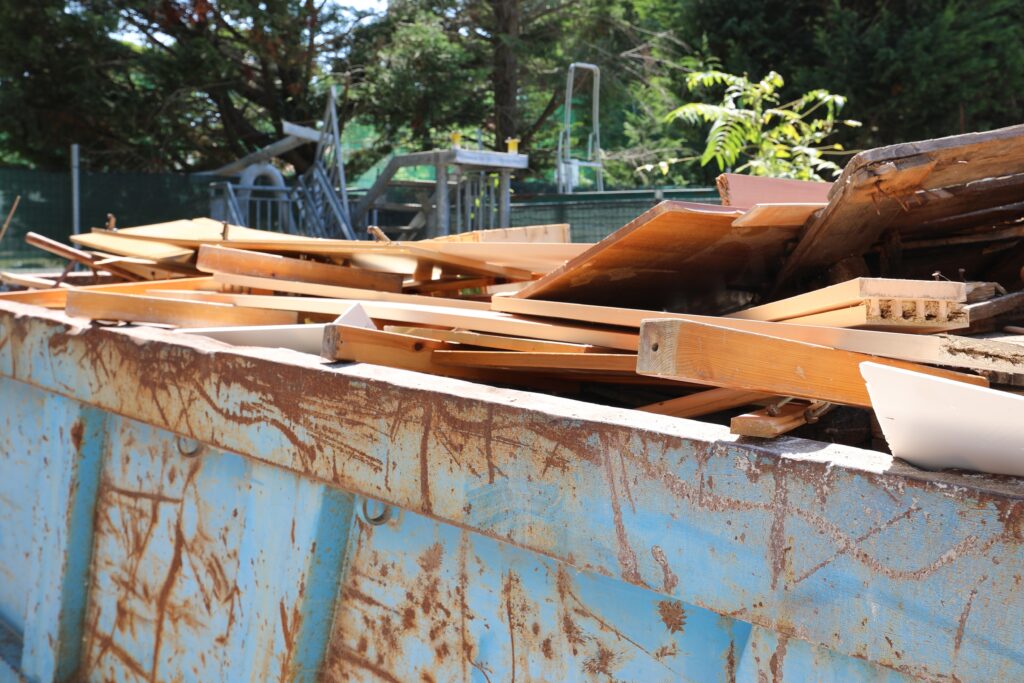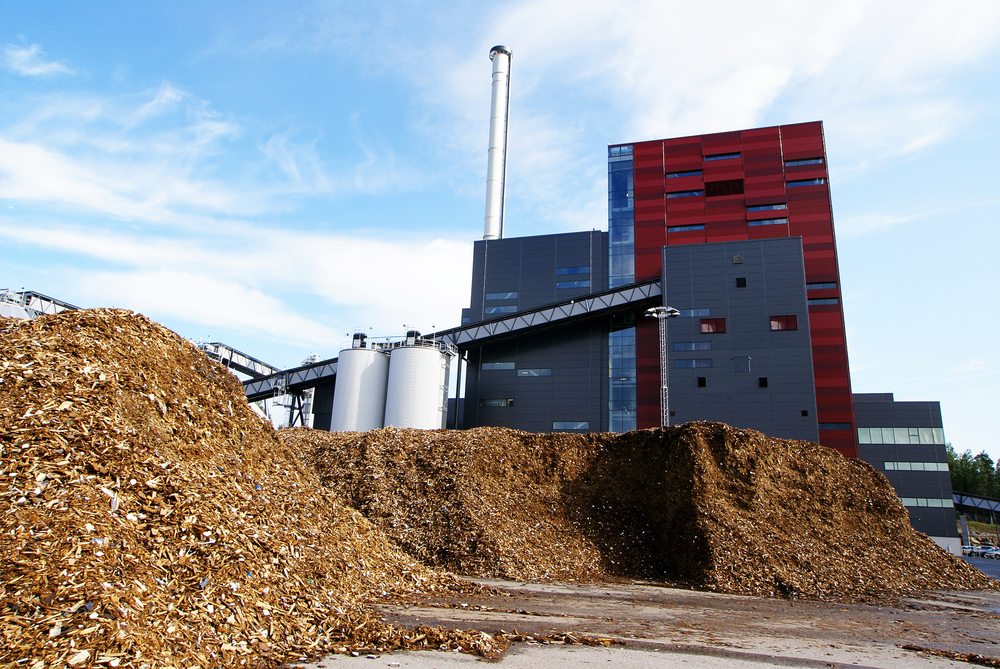
The association said the Agency confirmed to its members at their spring meeting earlier this month that ‘RPS 250’ will be withdrawn as intended on 1 September 2023 and won’t be extended.
Introduced in July 2021, RPS 250 currently allows potentially hazardous ‘amber’ waste wood items from the construction and demolition waste stream to be moved and processed as non-hazardous while testing has been carried out.
The WRA however has said that from September this year, “the Environment Agency has confirmed this will be withdrawn”.
List of wood items
From then, ten items from the demolition of pre-2007 buildings will automatically be classified as hazardous and will not be able to be sent to wood recyclers.” Instead, they will require specialist hazardous waste disposal, unless they are sent for a test to demonstrate that they are not.
These items are:
- barge boards;
- external fascia;
- soffit boards;
- external joinery;
- external doors;
- roof timber;
- tiling cladding;
- tiling battens;
- timber frames;
- and timber joists.
The WRA has estimated through its sampling work that the estimated hazardous content of waste wood from C&D activities, which includes these amber items, is less than 1%, representing an insignificant proportion (0.08%) of total UK waste wood arisings, approximately 4,000 tonnes. As demolition stock moves to newer buildings over time and testing continues, the WRA says these amber items are also expected to reduce further.
‘Delighted’

Julia Turner, executive director of the WRA, said: “We are delighted that the work we’ve carried out has provided clarity that the majority of waste wood is non-hazardous.
“While we still have a number of items to test, end user testing of C&D material has indicated a hazardous content of less than 1% – representing a tiny proportion (0.08%) of UK total waste wood arisings, at around 4,000 tonnes.
“We believe the potentially hazardous items can be reduced further with more testing and could be easily accommodated by existing hazardous outlets. Therefore this will not impact on the industry’s role of providing recycling and recovery outlets and security for local authorities, waste management companies and biomass plants going forward.”
Producers
The withdrawal of the RPS from September will put the onus on the waste producer rather than wood reprocessors to identify, test and classify wood at source, the WRA said.
Wood recyclers will no longer be able to take this material and have been told they will need to amend their acceptance criteria to add these items to their unacceptable items list and communicate the change to their customers.
By doing so they will “avoid the substantial costs and potential stigma of becoming hazardous waste sites for the sake of a very small amount of material”.
It will also ensure that potentially hazardous material is not sent to biomass and panelboard markets which have always said they don’t want any type of hazardous feedstock.
Households
For household waste, testing is currently ongoing. The WRA says its sampling so far expected to confirm that its hazardous content is diminishing and soon likely to disappear altogether.
This is currently governed by RPS 249, which is due to expire in April 2024.








Subscribe for free